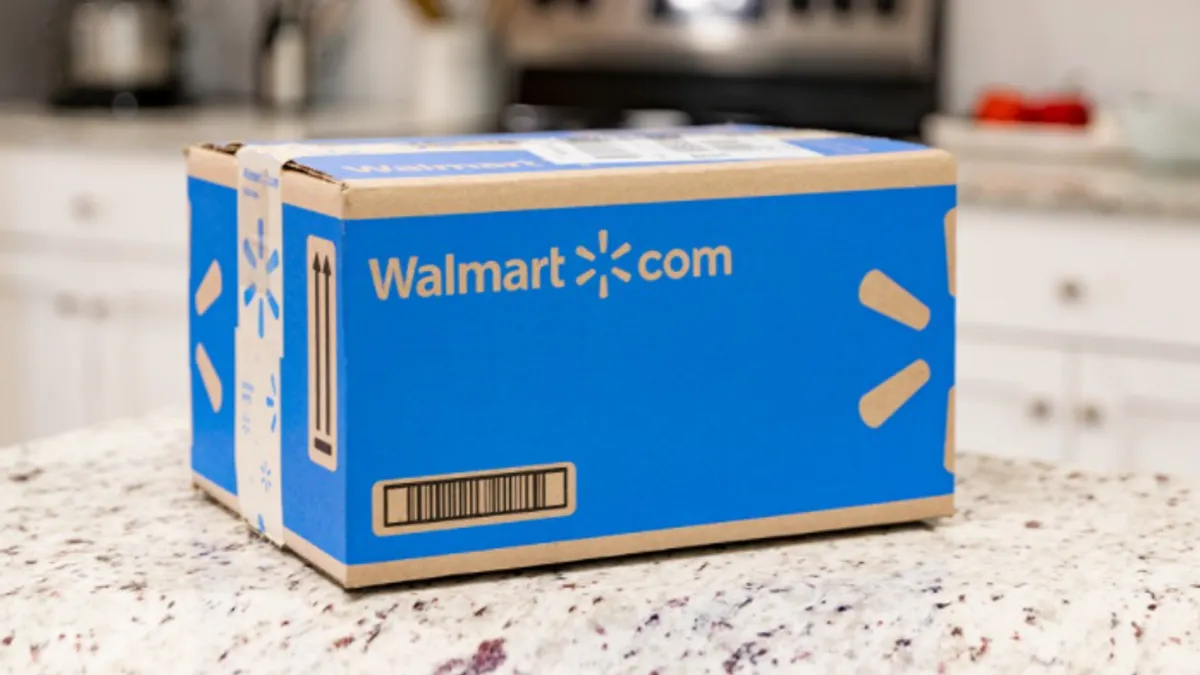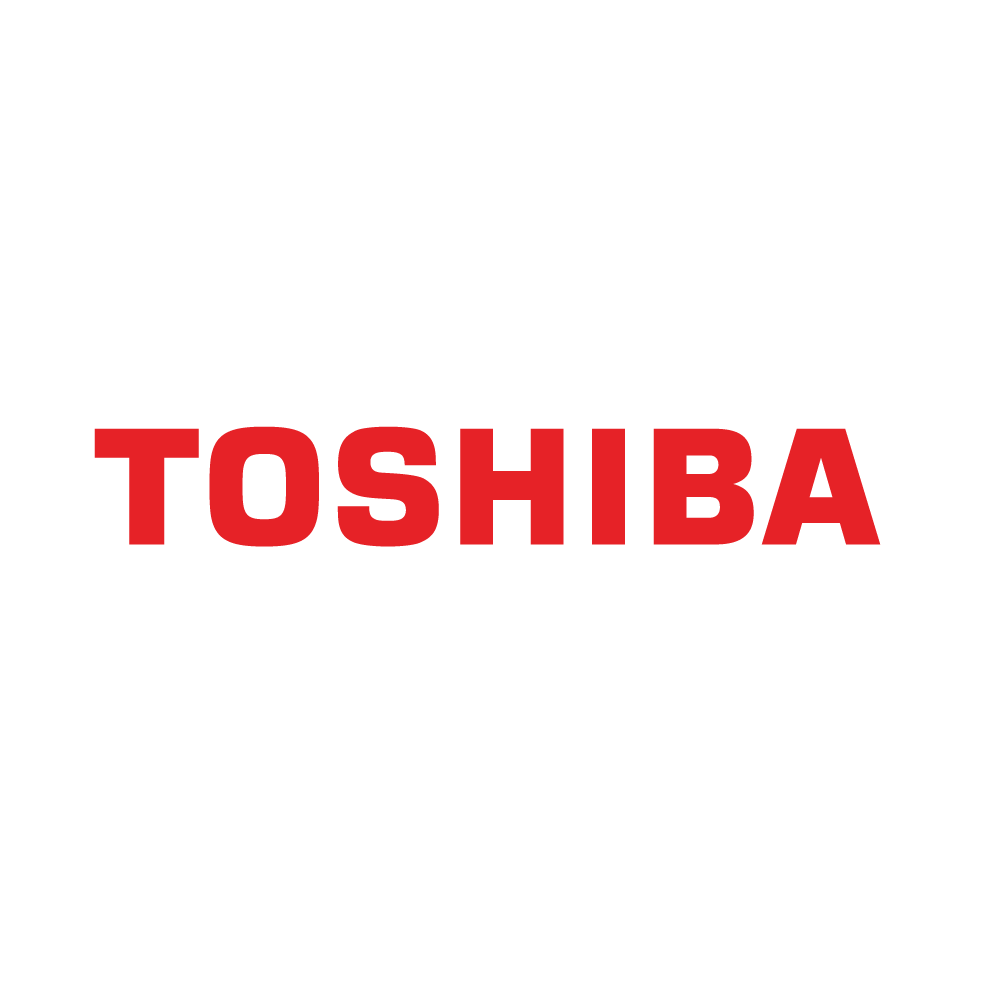Dive Brief:
- Walmart reported Q1 revenue grew 2.5% year over year to $165.6 billion, while operating income increased 4.3% to $7.1 billion, the company said on Thursday. Consolidated net income was $4.6 billion, down 12.6%.
- Walmart U.S. sales increased 3.2% to $112.2 billion compared to the year-ago quarter and comp sales were up 4.5%, excluding fuel. E-commerce sales were up 21% in the U.S. based on strength in delivery, in-store fulfillment, advertising and marketplace.
- “We’re positioned to manage the cost pressure from tariffs as well or better than anyone,” CEO Doug McMillon said on a call with analysts. “But, even at the reduced levels, the higher tariffs will result in higher prices.”
Dive Insight:
Even though some temporary tariff reductions were announced this week, the increased levies are still too high, according to Walmart executives.
“We aren't able to absorb all the pressure,” McMillon said, but promised that the company “will do our best to keep our prices as low as possible.”
Minimizing cost pressure is especially true when it comes to food and consumables, where executives said shoppers have felt pressure. Grocery is a financial driver for the big-box retailer — the company recently pointed to the category as one of the main factors for U.S. comparable sales growth.
One of Walmart’s strengths is replenishable goods, where the company says it has deep relationships with vendors in order to react to a fluctuating market and policies. A bigger challenge, though, will come in the months ahead when the company is making product decisions for holidays like Halloween and Christmas.
“How do you make a quantity call and what tariff number do you use? And the best answer we can give you is we’ve got a sales plan,” McMillon said. “We’ve made some tariff assumptions, and then we’ll partner with our suppliers to flow that. And if we need to chase goods, chase some goods.”
The big-box retailer emphasized its already healthy relationship with homegrown businesses — over two-thirds of what it sells in the U.S. is made, assembled or grown in the country. Nearly 60% of its U.S. suppliers are small businesses, and the company recently debuted its Grow with US initiative that provides national companies with training, mentorship and resources.
While the impact of tariffs continues to play out, Walmart has moved ahead with long-term strategies including store enhancements. Earlier this year, the first Supercenter opened in four years, which is part of a larger multimillion-dollar modernization plan.
“The store refurbishments, particularly the latest iterations, are significant because they create a stronger value message,” Neil Saunders, managing director of GlobalData, said in emailed comments. “Walmart has no intention of ceding or weakening its low-price leadership. However, it has found that by improving presentation and visual standards and combining them with low prices it is able to present a more powerful version of value.”
Other investments are also coming to fruition, with Walmart U.S. achieving e-commerce profitability in Q1 for the first time. E-commerce sales were up 27% for its Sam’s Club banner.















